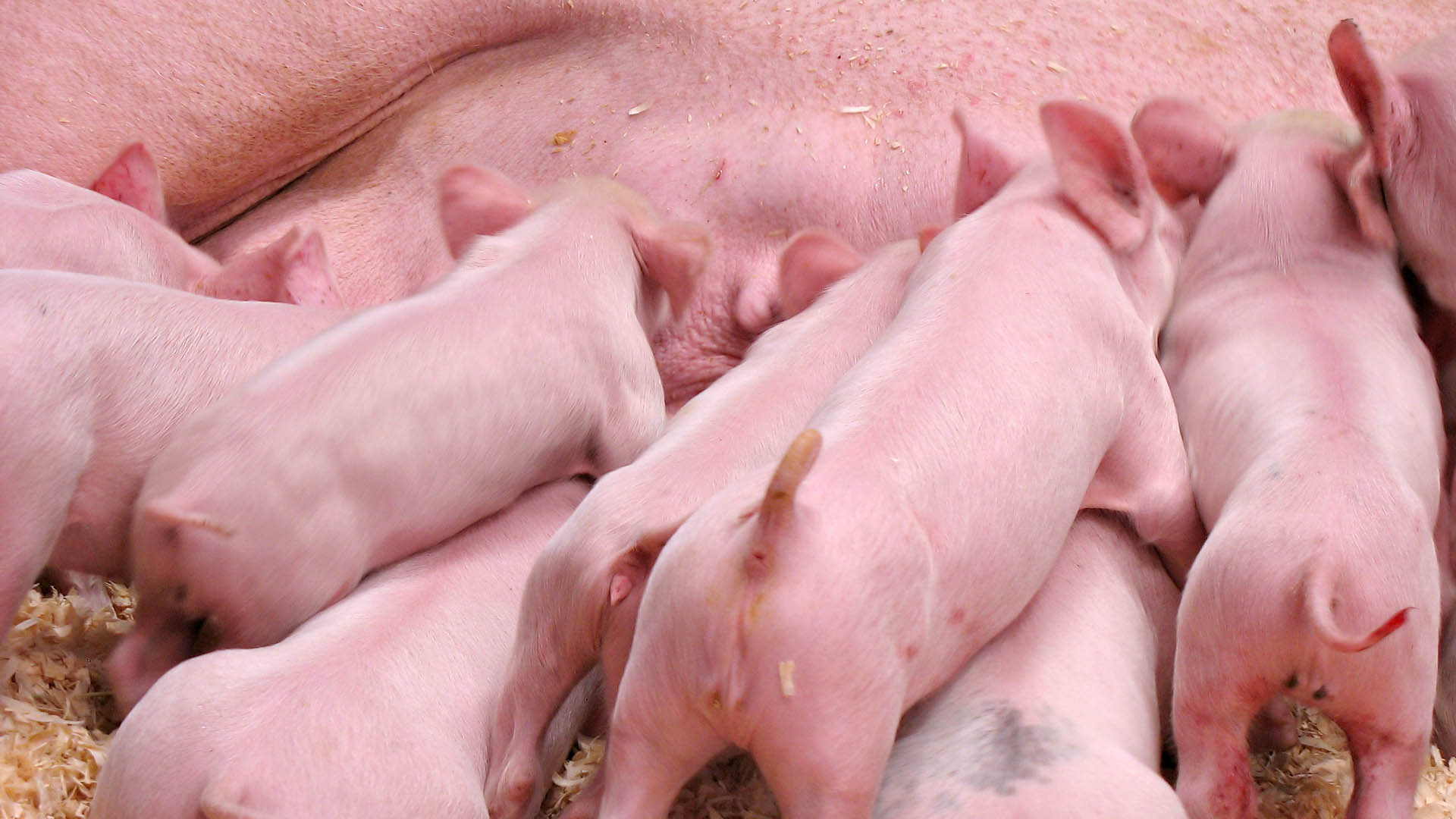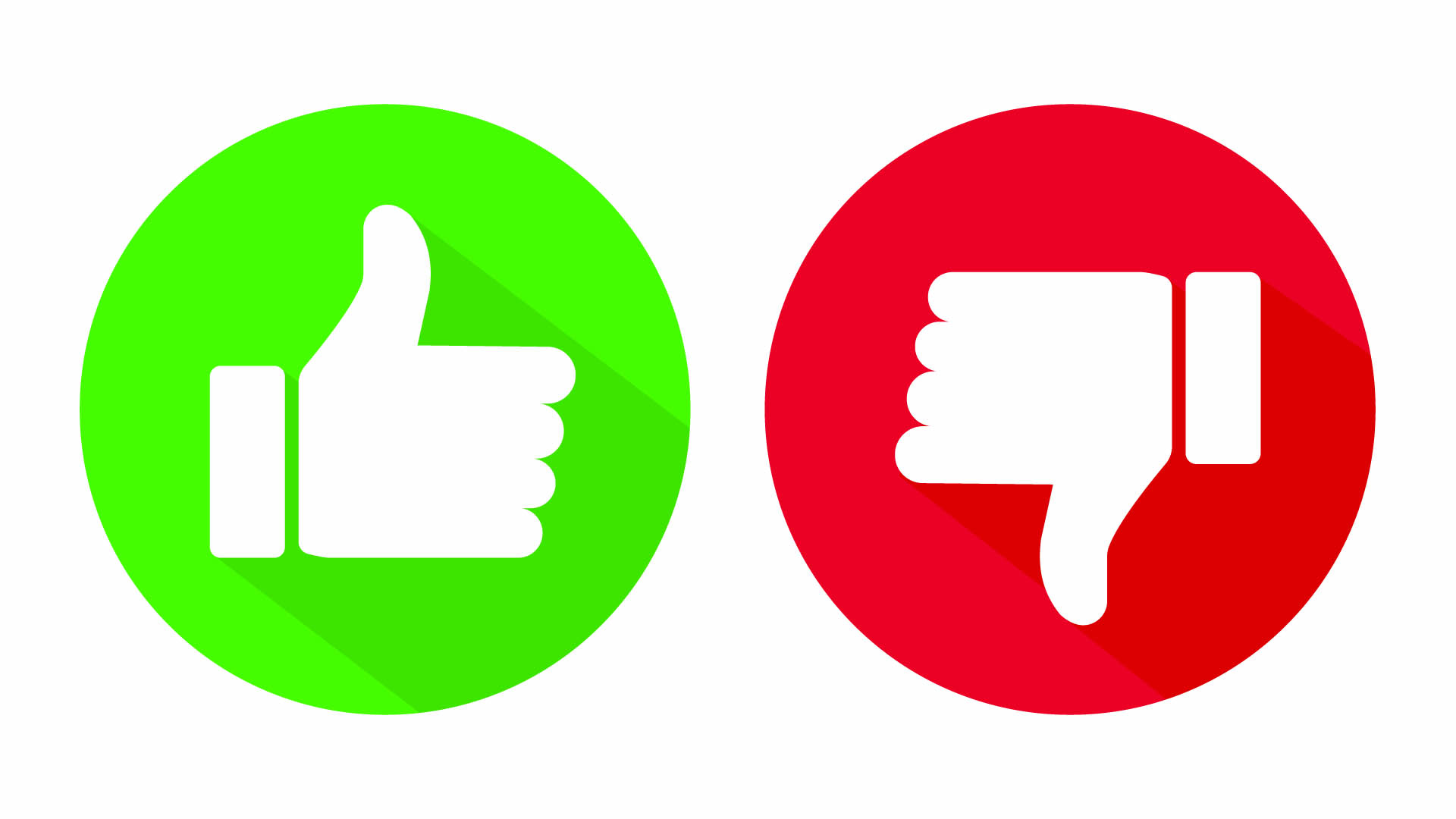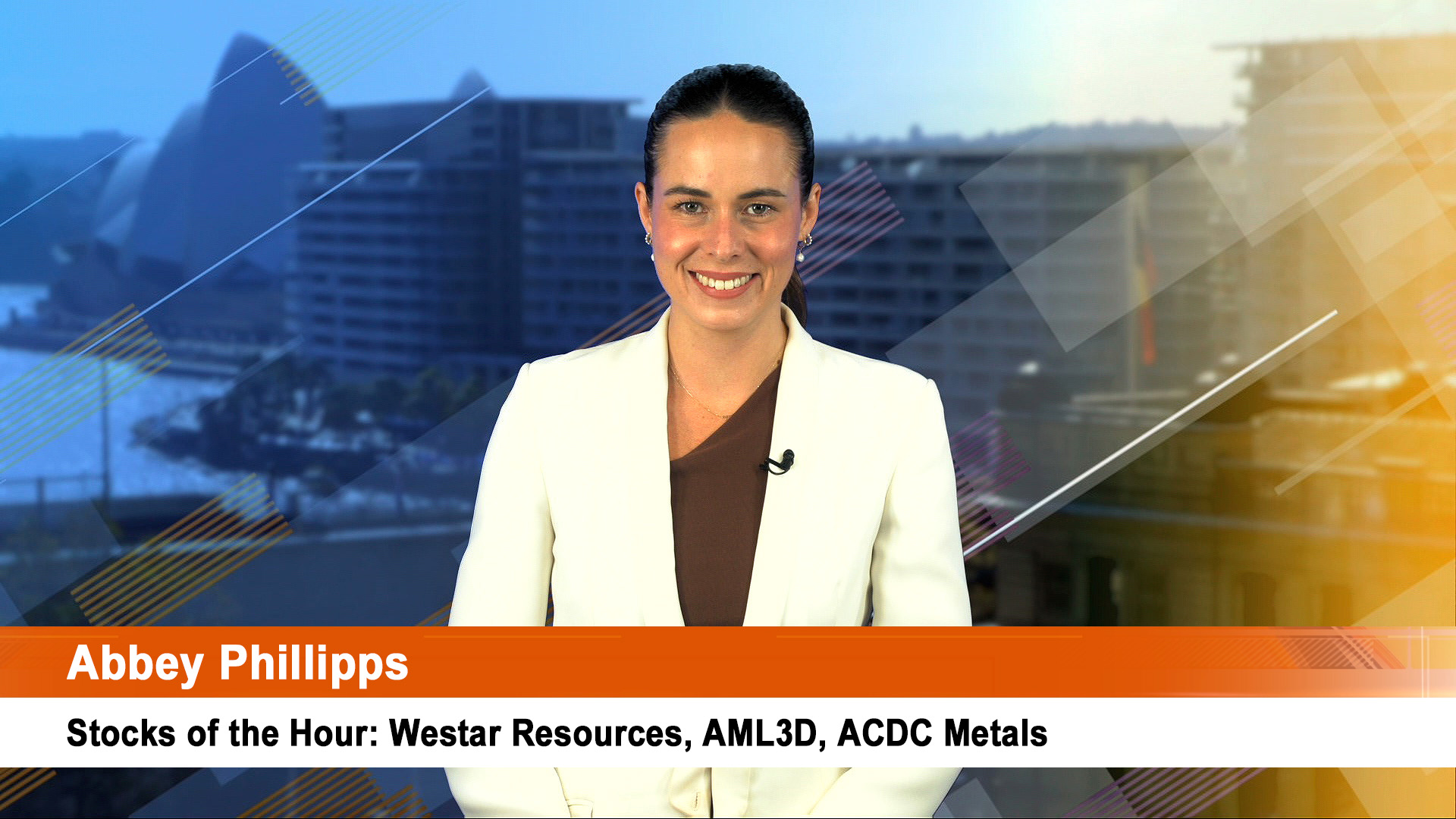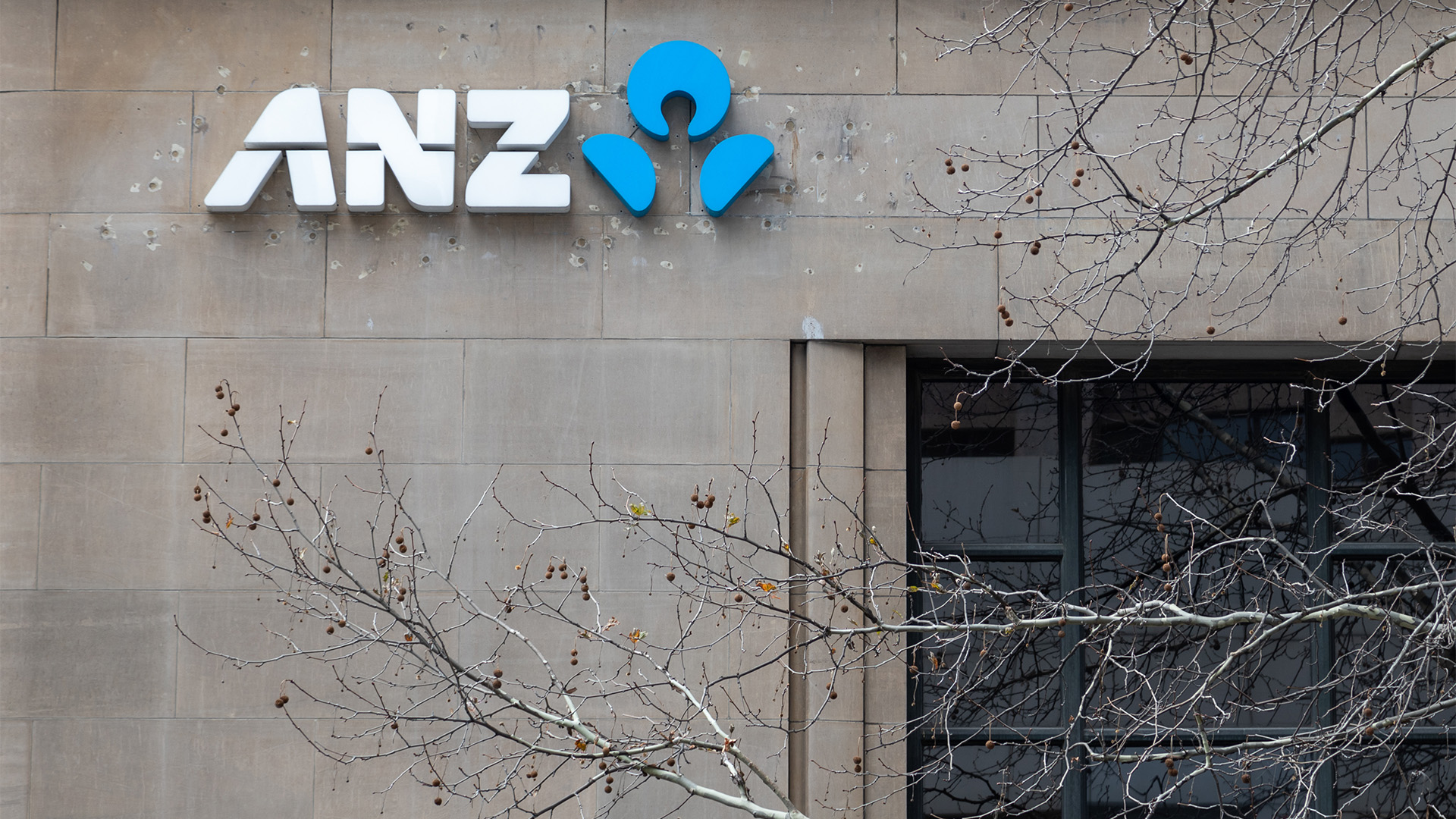National Australia Bank says it had quarterly cash earnings of $1.1 billion in the June quarter, in line with the quarterly average of the first half, as personal and business lending grew modestly.
This was up around 22% from the third quarter of 2009 (which was depressed by bad debts).
But much of the boost came from a halving in bad debts during the quarter to $510 million.

The Melbourne-based bank, which is still bidding for AXA Asia Pacific, told the market yesterday in its third quarter trading update that while lending growth in its personal and business banking books resulted in revenue momentum, overall revenue was "marginally below" the first half quarterly average due to accounting volatility arising from increased credit spreads.
The bank said net interest margin during the three months to June 30 was stable, although it cautioned that pricing pressures in the market and funding costs remained an issue.
"In the June quarter NAB delivered solid, sustainable business results, improved customer satisfaction and remained financially strong during what was a period of continued uncertainty in global financial markets," chief executive Cameron Clyne said in the statement.
Charges for bad and doubtful debts came in at around $510 million for the three months to June
Its Tier 1 capital ratio stood at 8.79% at the end of June, down from 9.09% at the end of March.
In Australia, Mr Clyne said cash earnings from personal banking rose in the three months to June compared with the quarterly average of the first half.
Mr Clyne said customers had responded to the bank’s reduction in penalty and other fees and its interest rate pricing, which has been below the other three big banks.
"Personal banking began to reap the benefit of fee reductions and other initiatives with strong growth in mortgages and new transaction account openings," Mr Clyne said in the statement.
"Having demonstrated strong support for customers during challenging times, and with additional bankers and specialists, business banking is well placed to benefit from a recovery in business credit growth."
The bank said personal and business lending growth helped increase revenue, which was still below the first half quarterly average because of increased credit spreads.
NAB said the average cost of wholesale funding continued to rise during the quarter, although the bank said it had raised $24 billion of its target of $20 billion to $25 billion of wholesale funding for the year.
NAB said its business bank continued to be the largest in Australia with market share of 22.3%, up slightly during the three months to June, as overall business lending fell by 1.1%.
NAB said the ratio of impaired assets to gross loans was 1.91%, up slightly from the 1.86% at the end of March. Collective provisions were steady at $3.63 billion.
Total provisions rose slightly by June 30 to $5.38 billion from three months earlier.
In New Zealand, the NAB said the economic outlook remains weak, resulting in relatively low demand for both business and consumer credit.
"Nevertheless, New Zealand Banking revenue for the June quarter grew as the ongoing focus on repricing for risk continued to have a positive impact.
"Investment in the innovative Retail Store and Partners distribution networks continued, gathering momentum during the June quarter.
"Despite the continuation of intense competition for customer deposits, New Zealand Banking maintained market share in the June quarter.
"Housing and business lending market share also remained stable, while credit cards and agribusiness lending share increased."
In the UK the NAB said it saw signs of recovery during the quarter, but overall a cautious outlook remains appropriate.
"The economy is still absorbing the effects of the June emergency budget that set out the new government’s programme for deficit reduction. Financial concerns about European banks are an additional reason for caution.
"United Kingdom Banking continues to perform well despite the difficult market conditions.
"Credit demand remains subdued, although business confidence is showing some signs of improvement. Deposit growth remains strong."
There was no mention of the NAB’s small rural banking business in the US Midwest which has been expanding by buying branches and loans from banks that have failed.
NAB shares lost 2.2%, or 55c, to end at $24.50.
That was in a market off 1.2% for the day, thanks to a second half sell-off.













